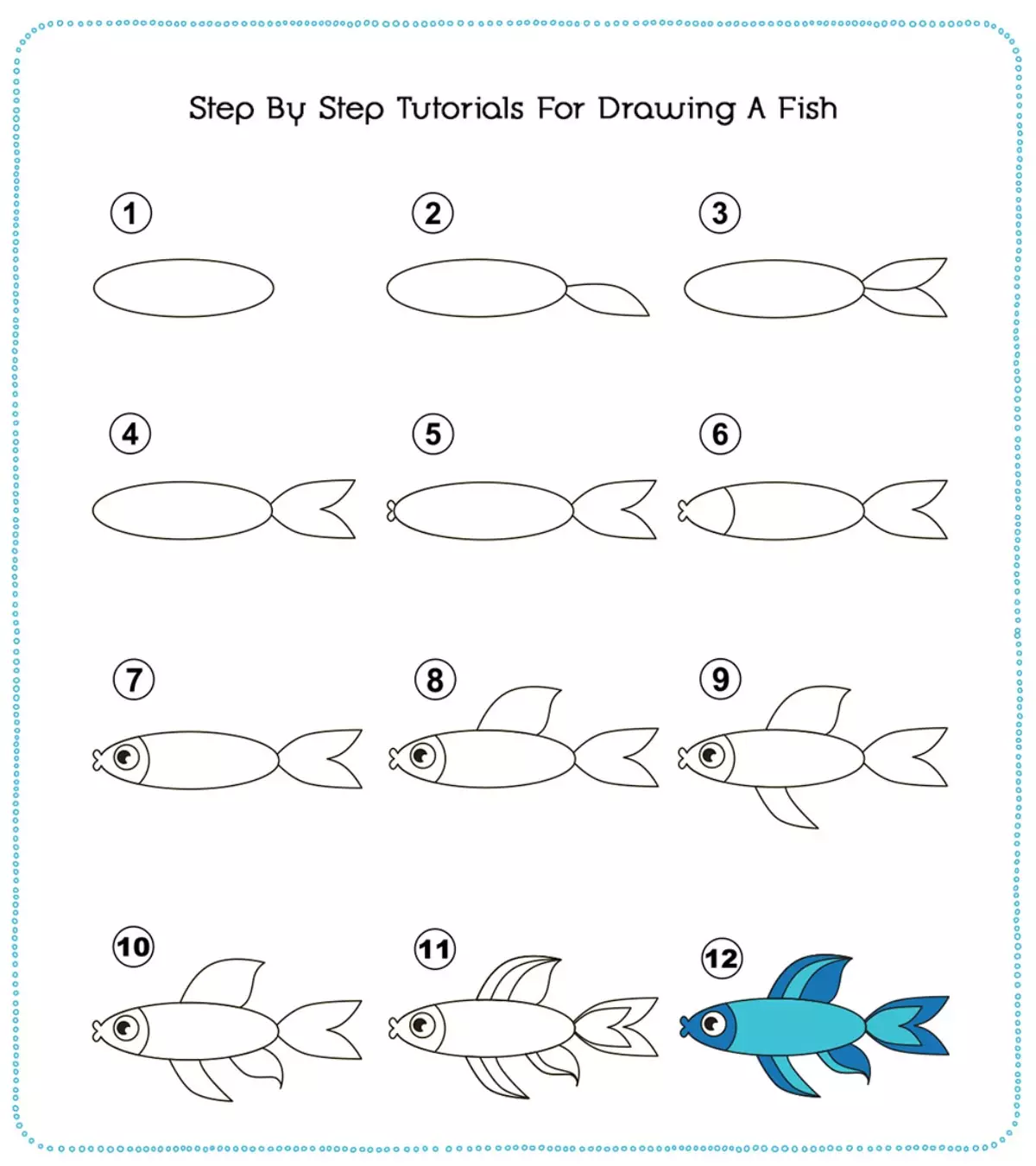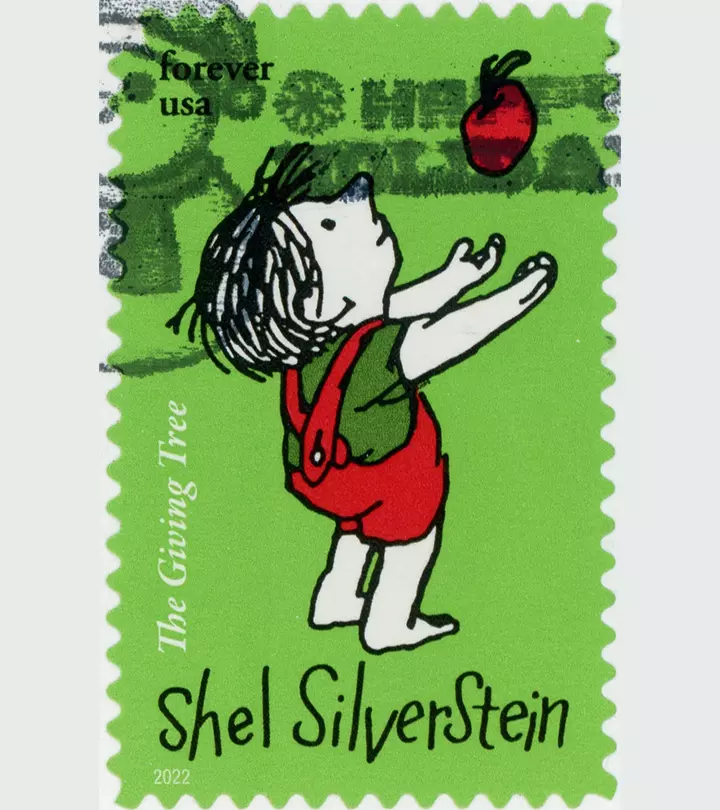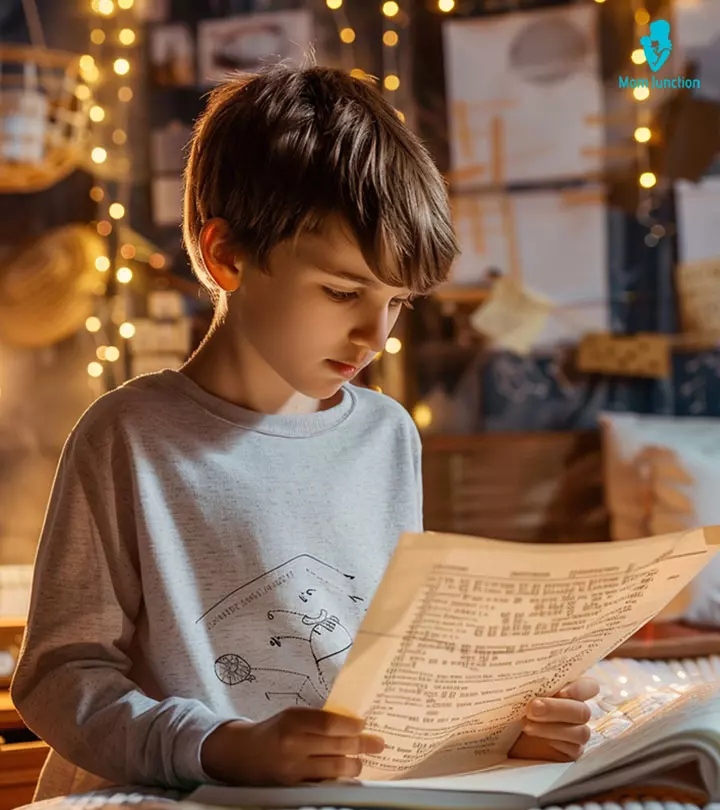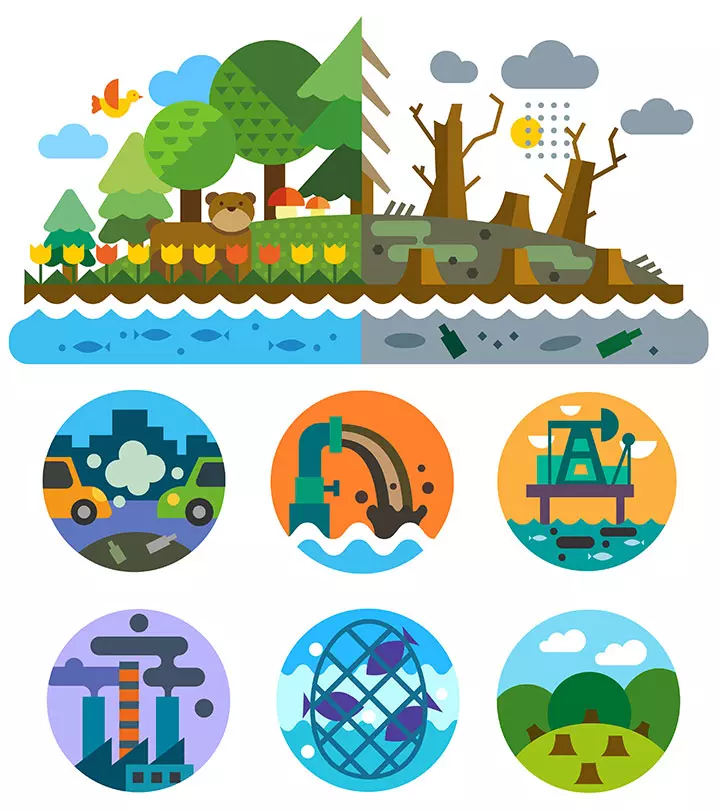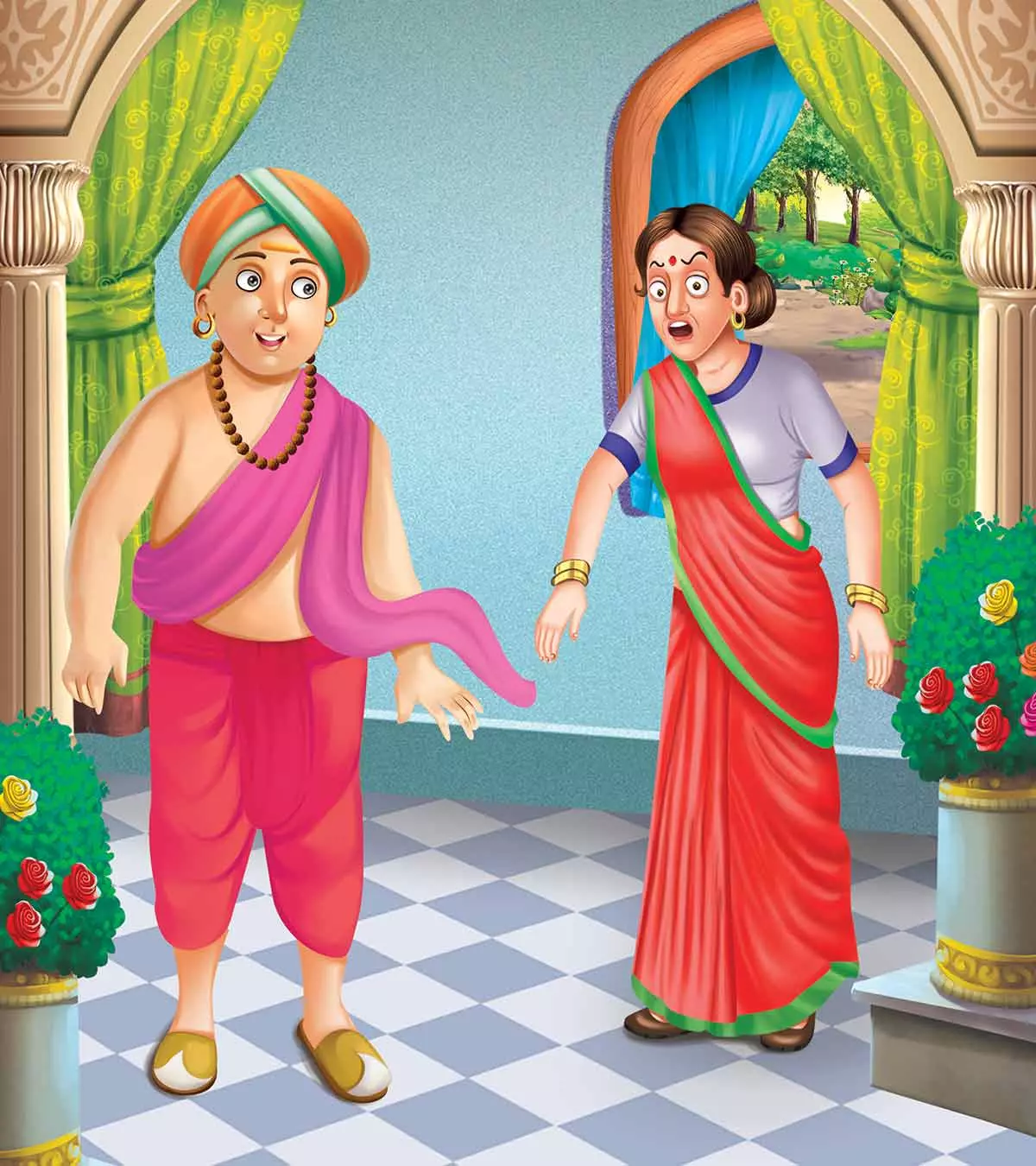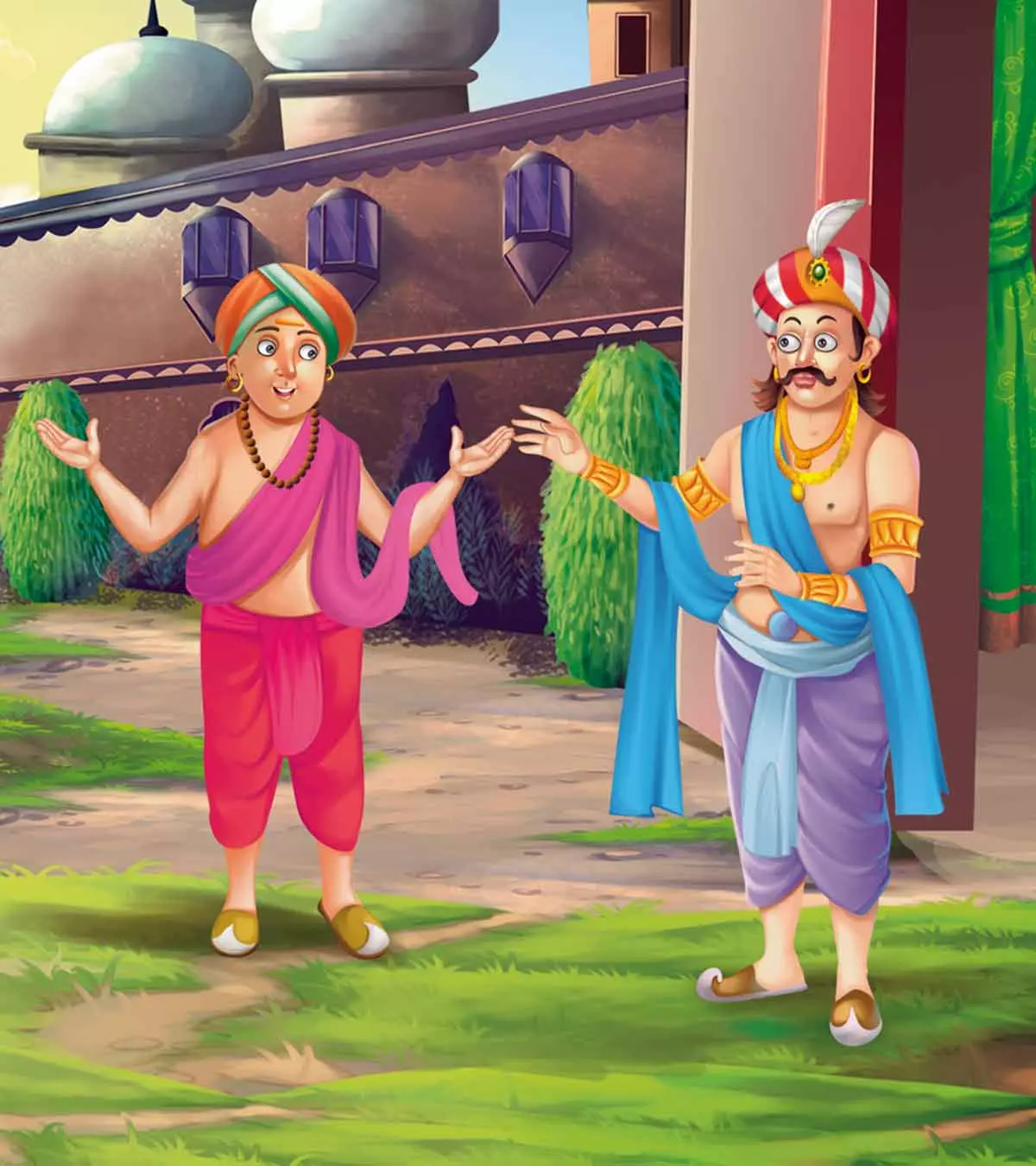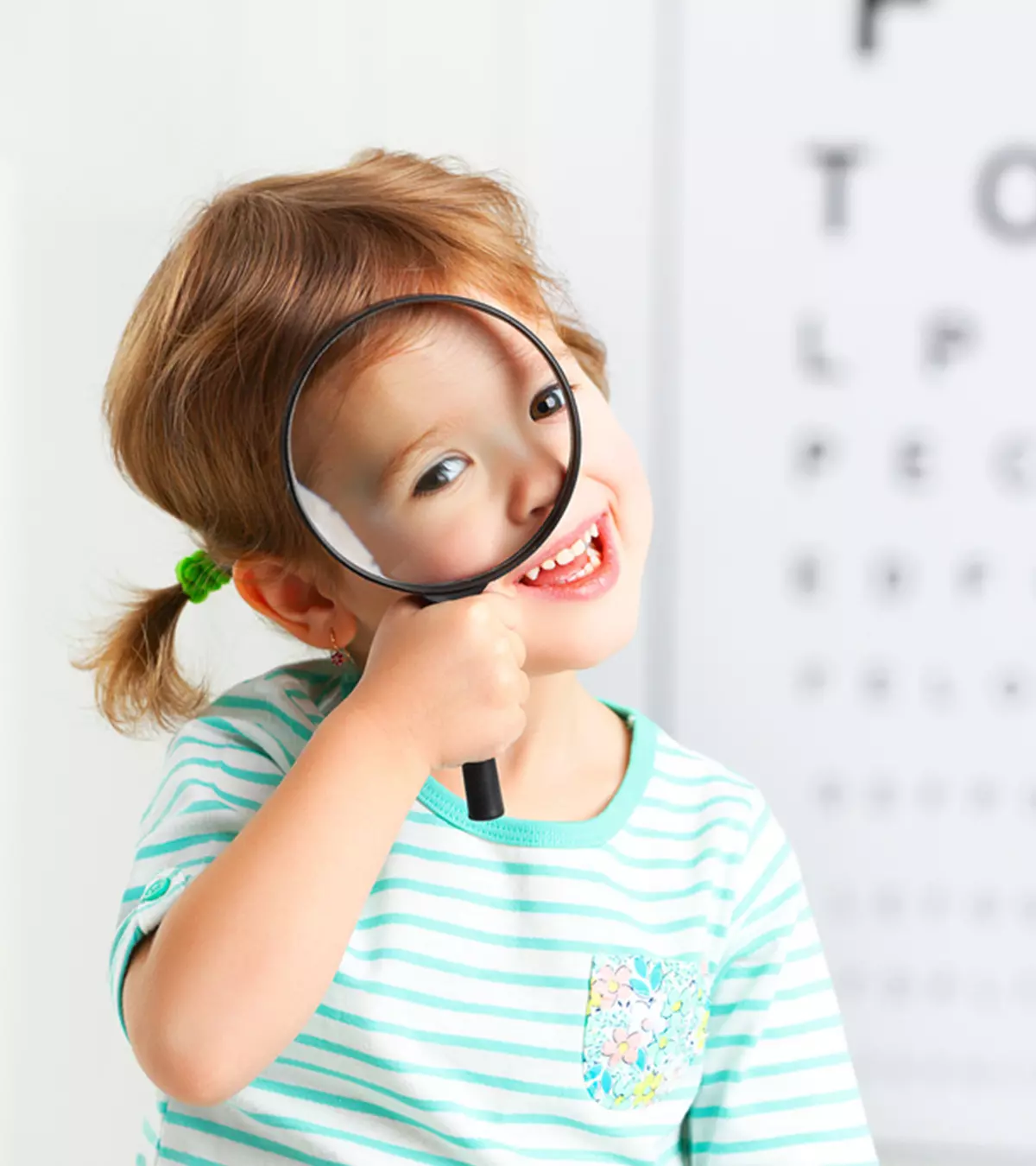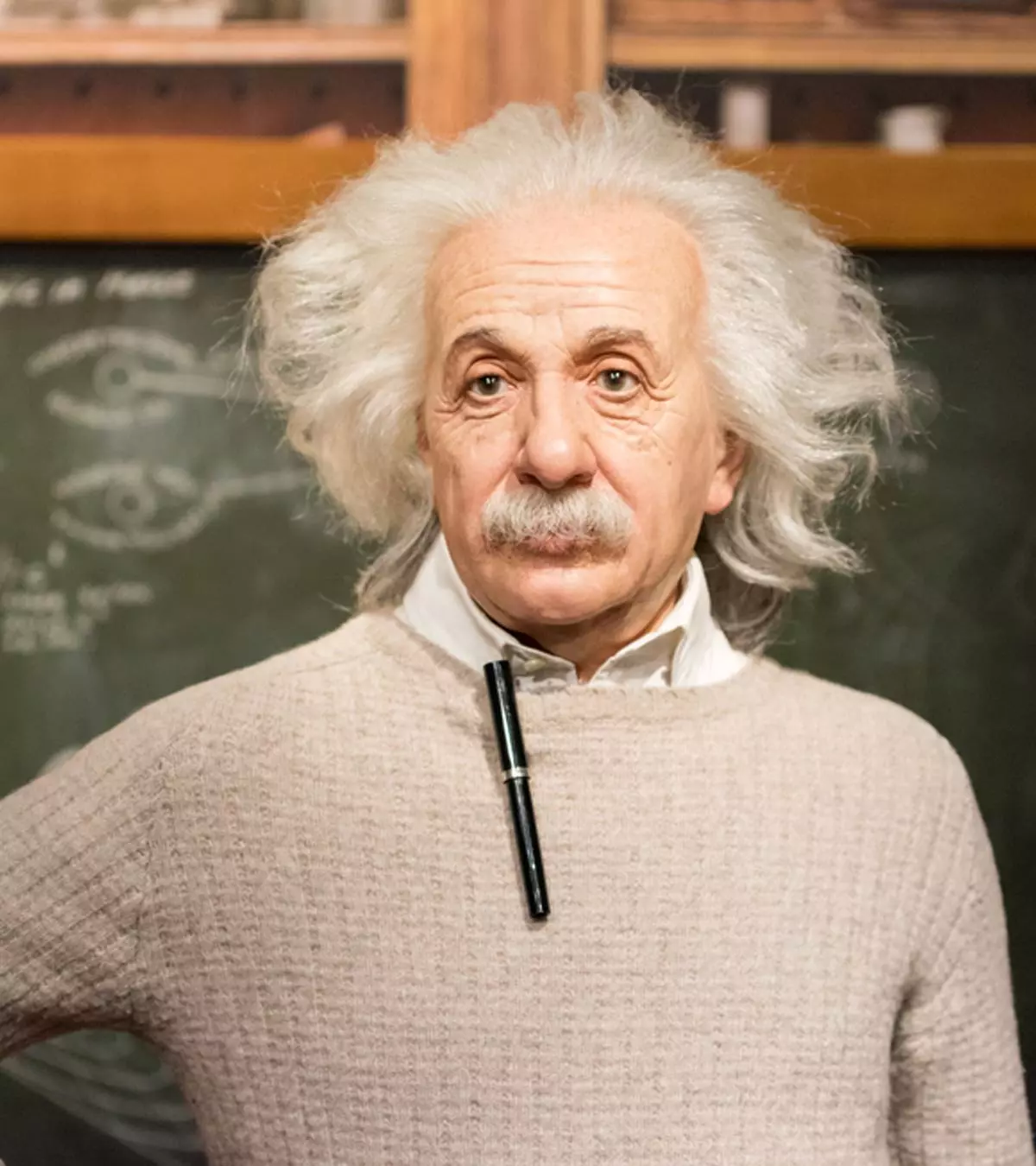
Image: Shutterstock
Albert Einstein is considered the father of modern physics. He was one of the most influential physicists of the 20th century. If you are looking for Albert Einstein facts for kids, this post is for you. To start with, he was born on March 14, 1879, in Ulm, Württemberg, Germany. His theories about gravity, matter, light, space, and relativity have won him accolades. He was awarded the Nobel Prize for physics in 1921 for his approach and explanation of the photoelectric effect. Keep reading for some more fascinating fun facts about Albert Einstein.

Key Pointers
- Albert Einstein was slow with his speech and spoke his first word at four.
- He loved studying math and science but was not satisfied with how the other subjects were taught.
- Einstein mastered calculus at 14 and wrote his first scientific papers at 16. Scroll down for more facts.
Albert Einstein’s Biography For Kids
Albert Einstein was born to Jews Hermann and Pauline Einstein. His father was a salesman while his mother was a homemaker. Einstein had a younger sibling Maria “Maja,” Einstein, who was born on November 18, 1881, in Munich.
It is said that young Albert had a lot of exposure to science and electronics from his father. Einstein loved maths and science but could not finish his schooling in Germany. As a child, Einstein didn’t like the way English grammar was taught to him in school. He was not bothered about the strictness and authority. So he got expelled from school. At the age of seven, he started loving mathematics and science. When Einstein was ten years old, a much older friend gave him many books on science, mathematics, and philosophy.
Later, he studied physics and maths during the final years of his education in Switzerland. After graduating in 1900, he started to work at a patent office in Switzerland despite his inclination towards learning and teaching physics.
If we look at Einstein’s scientific breakthroughs, in 1905, he caused quite a controversy in the five research papers that he published. Through these papers, people changed their perception about the Universe. The year 1921 was a memorable one for Einstein, as he received the Nobel Prize in Physics for his work on new light properties. In another scientific paper, he presented what we call now the particular Theory of Relativity. In 1933, when Germany was under Nazi control, he left the country and settled in The United States.
Did Albert Einstein Have Children?
In 1903 he married his college friend Mileva Maric with whom he had three children, two sons and a daughter. His daughter “Lieserl” (some reports claim that her real name was not known) was born a year before their marriage in January 1902. One year after their marriage, Einstein’s first son, Hans Albert, was born, and his second son Eduard followed in 1910.
Lieserl, whose existence was not known to many until recent times, was short-lived. She is believed to have died from scarlet fever when she was less than two years old. In 1986, Lieserl’s existence came to be known with the discovery of a shoebox containing 54 love letters exchanged between Einstein and Mileva from late 1897 to September 1903.
Hans Albert Einstein was born on May 14, 1904. Hans was an engineer and educator by profession. He was a Hydraulic EngineeringiA field of civil engineering that deals with the study, control, and maintenance of liquid systems, especially water, and sewage. professor at the University of California, Berkeley, and is widely recognized for sediment transport researchiA study of the transport of sediment particles by fluids such as water. . He breathed his last on July 26, 1973, in Woods Hole, Massachusetts, U.S.
Eduard Einstein, the second son of Albert and Mileva, was born in Zürich, Switzerland, on July 28, 1910. He had a fondness for music. He wanted to become a doctor but was affected by schizophreniaiA serious mental disorder characterized by hallucinations, abnormal perceptions of reality, thinking and behavioral changes. and had to be institutionalized several times. People believed that he was overdosed by drugs and later by electric shock treatments. When Eduard was ill, he said that he hated his father. After that, Albert never saw his son for the rest of his life. He was mostly under his mother’s care. After she died in 1948, Eduard lived in a psychiatric clinic Burghölzli in Zürich, where he died of a stroke at age 55 on October 25, 1965.
In 1917, when Albert was very sick, his cousin Elsa nursed him back to health. After divorcing Mileva on February 14, 1919, he married Elsa on June 2, 1919.
Einstein’s Theory Of Relativity For Kids
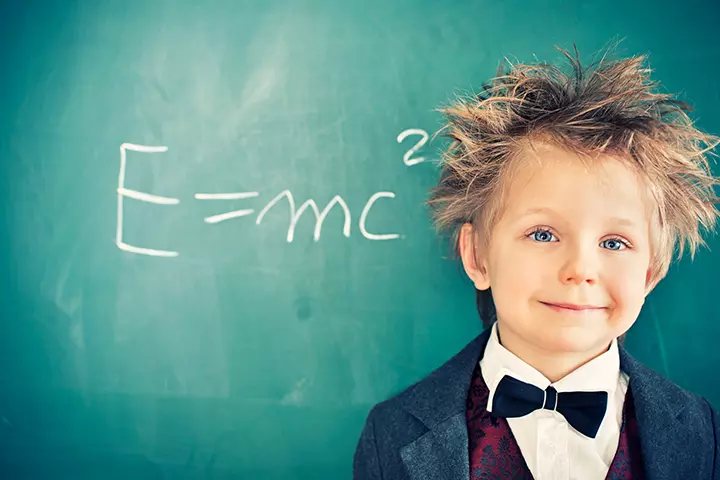
Einstein proposed a unique Theory of Relativity in 1905 in his historic research paper, “On the Electrodynamics of Moving Bodies,” taking physics in an astonishing new direction. Einstein had completed the General Theory of Relativity, which was completed in 1915. He considered this theory as the zenith of his life research.
He was convinced about the merits of general relativity. It allowed a more precise prediction of planetary orbits around the sun, which fell short in Isaac Newton’s theory for a more extensive, refined explanation about how the gravitational forces worked.
British astronomers Sir Frank Dyson and Sir Arthur Eddington affirmed Einstein’s observations during the 1919 Solar Eclipse, thus making Einstein a global science icon.
According to the Theory of Relativity, both distance measurements and time measurements change near light speed. It means that as you get closer to the speed of light (nearly 300,000 kilometers per second), lengths appear to get shorter.
This theory began to change the way scientists looked at things and laid the foundation for many of their modern inventions, including the nuclear bomb and nuclear energy. One such equation is E=mc2 (1).
Britannica defines E=mc2 as an equation in Albert Einstein’s theory of special relativity that expresses the fact that mass and energy are the same physical entity and can be changed into each other. In the equation, the increased relativistic mass (m) of the body times the speed of light squared (c2) is equal to the kinetic energy (E) of that body.
The Theory of Relativity explains how time and distance might change due to the “relative” or different object and observer speed.
Facts About Albert Einstein For Kids
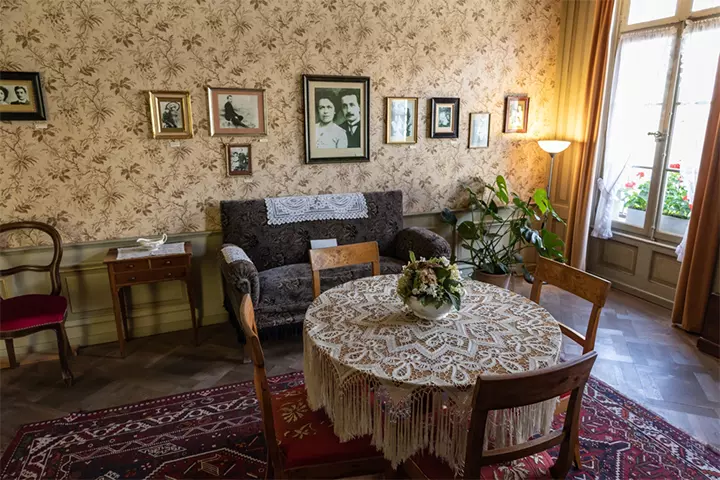
Here are a few of Albert Einstein’s fun facts for your kids. These facts about Einstein prove that one need not be a genius by birth. For more inspiration, let us start from his birth.
1. Einstein’s birth
Einstein was born on March 14, 1879, in Wurttemberg, Germany, into a Jewish family. His father, Hermann, was a salesman, and mother, Pauline Einstein, a homemaker. He had a younger sister called Maja.
2. Einstein’s childhood
Now, these facts about Einstein might surprise you. It is tough to believe, but Einstein was very slow with his speech. He spoke his first words at the age of four, often repeating his words and sentences until 7. His grandmother thought Einstein was stupid! He wasn’t obviously gifted in his early years. It was his effort and struggle that made him a very successful person.
3. Early education
Another unbelievable fact is that Albert wasn’t fond of the Catholic school he went to when he was young. As a child, he had an aptitude and fondness for math and science and was not impressed with the way other subjects were taught. When he was five years old, his father bought him a compass as a gift. His inquisitive and creative mind immediately started to figure out why the needle of the compass always pointed north.
4. Self-taught scholar
Albert Einstein, at the age of 12, knew geometry and algebra. By the time he was 14, he had mastered calculus. His family moved to Milan, Italy, when he was 15. The first of Einstein’s scientific papers was written when he was 16. In 1900, he graduated in physics and maths.
5. Graduation and work front
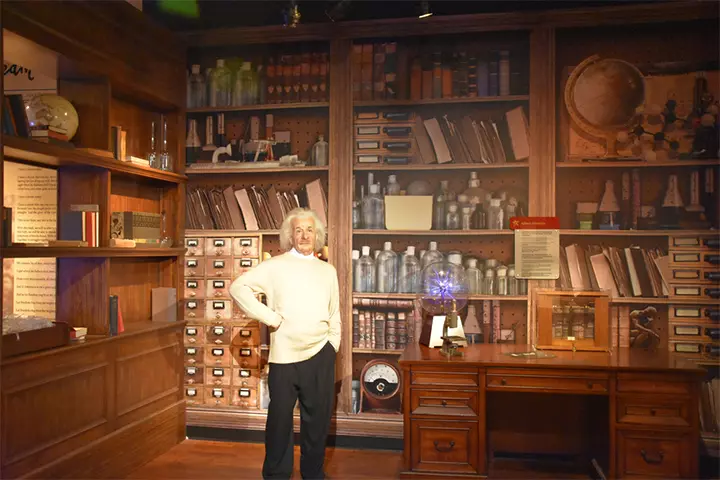
After acquiring a degree in maths and physics in 1900 from the prestigious Polytechnic Academy of Zurich, – a Swiss city, he was unsuccessful in landing a teaching job. He took up a job at the Patent Office in Bern, where he looked and examined other inventions. Along with his regular job, he worked on his discoveries and found many important things that became the stepping stones in physics. He became the director of a new research institute in Berlin in 1914.
 Did you know?
Did you know?6. Einstein as a scientist and Nobel laureate
Einstein’s exceptional discoveries include the Theory of Special Relativity, Theory of General Relativity, Photoelectric EffectiA phenomenon in which electrons (charged particles) are emitted from a material’s surface in response to incident light. , and the Unified Field Theory. Einstein was honored with the Nobel Prize in Physics in 1921 for his “Theory of Photoelectric Effect,” which confirmed the existence of atoms. His immense contribution to Physics included his Theories of General and Special Relativity that are of great importance (2).
7. Einstein’s contribution to physics
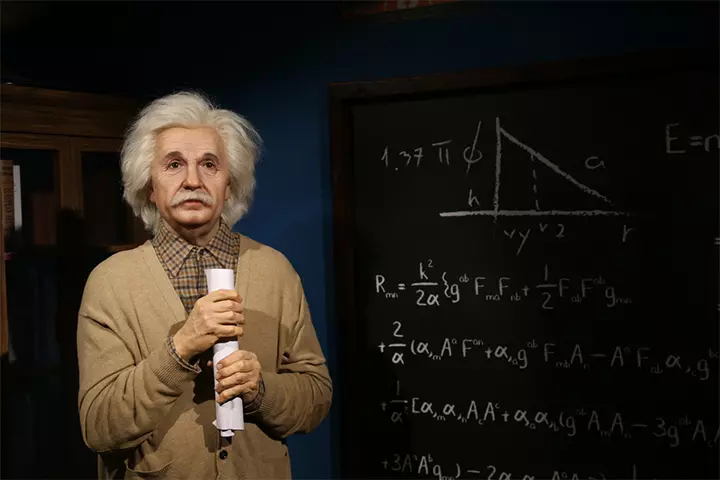
Einstein’s Theory of Special Relativity led to the concept of space-time, which is the basis for understanding the universe more closely. The existence of black holesiA region with intense gravitational pull formed in space due to the collapse of massive stars. was first affirmed and explained in the Theory of General Relativity. His contribution to physics, space, and energy laid the foundation for many generations of scientists to come (3).
After publishing his Theory of Relativity and predicting a solar eclipse’s effects, Einstein became an inspiration to every academic, motivating them to realize the power of imagination and critical thinking. According to Einstein, the way people understood gravity was wrong, and he worked on a new theory to prove it. Later he was able to test it during a solar eclipse and was proved right.
8. Einstein’s famous equation
Albert Einstein is famous for the Theory of Relativity, which has significantly impacted the field of astronomy. The equation E=mc2 is one of the most famous equations in physics. It explains the connection between energy and solid mass and proves that a tiny mass can be a considerable quantity of energy.
9. Einstein’s hobbies
When Einstein was young, he never liked the violin. But Mozart’s music at the age of 13 changed his mind. He was proficient at the piano and the violin, and played them with great passion and interest. Music was always part of his thinking process and he played masterpieces of Mozart exquisitely. He once said, ’A table, a chair, a bowl of fruit and a violin; what else does a man need to be happy?’
10. Myths about Einstein
Some people believe that Einstein was left-handed, which is not valid. Another hilarious myth is that he voluntarily chose to be a vegetarian. Still, the truth is he stopped eating meat as he suffered from acute digestive problems.
11. Moving to the USA
During the challenging time of World War 1, Einstein was living in Germany. Being a pacifist, he never believed in war and violence and wanted disagreements to be settled peacefully. In 1933, Einstein moved to the USA when things were escalating in Germany under its ruler Adolph Hitler. Einstein was offered U.S. citizenship and a position at the Institute of Advanced Study in Princeton. In 1945, after World War II, Einstein continued to make further astounding discoveries about heat, gravity, and relativity. He published over 300 scientific reports (4).
12. Einstein’s demise
Einstein lost his battle to an abdominal aortic aneurysmiA life-threatening swelling of the aorta (the main blood vessel of the heart) till the abdominal region. on April 18, 1955, at the age of 76. He spent his last days in Princeton, New Jersey, U.S. (5) (6).
 Quick fact
Quick fact13. Trivia
He might have been the most fantastic mind during his time, but Einstein was very disorganized. He often forgot his appointments and to wear socks!
His brain was preserved by the doctors that performed his autopsy. The brain was part of a scientific study to find the secret of Einstein’s extraordinary intelligence. The doctors were puzzled to find nothing unusual in the study.
Einstein helped science a lot; his name is used to depict different things. A unit used in photochemistryiThe study of the chemical processes involving light. , “Einstein,” is named after him. 1 Einstein unit is equal to the energy in a mole of Photons, which is roughly 6.022 x 1023 Photons. The element in the Periodic Table, Einsteinium, is named after the scientist. In slang, we sometimes call a brilliant person an “Einstein.” He was named as the person of the century by time magazine in 1999. He worked on the unified field theoryiA theory that aims to describe the fundamental forces and particles of nature physics using a single theoretical method. till his last breath, which could not attain great success. His contribution to quantum mechanics, a branch of physics, also can’t be underestimated. His works have laid the foundation for several advancements in physics and mathematics, and scientists and researchers continue to be inspired by his theories. Besides quantum mechanics and physics, his influence can also be seen in cosmology and planetary science.
14. Famous quotes by Albert Einstein
- “Two things are infinite: the universe and human stupidity; and I’m not sure about the universe.”
- “There are only two ways to live your life. One is as though nothing is a miracle. The other is as though everything is a miracle.”
- “I am enough of an artist to draw freely upon my imagination. Imagination is more important than knowledge. Knowledge is limited. Imagination encircles the world.”
- “If you can’t explain it to a six-year-old, you don’t understand it yourself.”
- “If you want your children to be intelligent, read them fairy tales. If you want them to be more intelligent, read them more fairy tales.”
- “Logic will get you from A to Z; imagination will get you everywhere.”
Frequently Asked Questions
1. What were Albert Einstein’s last words?
Albert Einstein’s last words were “I want to go when I want to go. It is tasteless to prolong life artificially. I have done my share; it is time to go. I will do it elegantly” (1).
2. What was special about Einstein’s brain?
Photographs of Einstein’s brain revealed that his parietal lobes (the top and back parts of the brain) were larger than average, which could be the reason for his visuospatialiAbility to identify visual stimuli (or objects) along with their spatial details. mathematical skills, which made him a remarkable mathematician (2).
3. What important lessons can kids learn from Albert Einstein?
Albert Einstein believed in embracing simplicity and nurturing curiosity. His perseverance and his ability to harness the power of his imagination is also another key takeaway from his life. His ability to learn from his mistakes, constantly improve in order to create value and his belief in the unconventional made him a distinctive individual.
4. How did Albert Einstein approach problem solving and how can kids use that same approach?
Albert Einstein solved existing problems with the use of his creativity and imagination. He was not one to stick to conventional norms of achieving greatness. Einstein showcased his creativity by employing thought experiments—hypothetical scenarios to explore and conceive innovative ideas. Additionally, Einstein’s ability to establish connections between seemingly disparate concepts exemplified his creativity allowing him to formulate novel theories and ideas that others hadn’t yet contemplated. And so, kids must be encouraged to think out of the box and come up with novel solutions to their problems, just like how Albert Einstein did.
5. How can Albert Einstein’s life be used to teach kids about resilience and perseverance?
During his student years, Einstein’s academic performance was not exceptional, with passing grades in most subjects. He even dropped out of school. However, he got his hands on study materials that were used by students who were much older than him. Einstein preferred to approach learning in his own way rather than conforming to traditional teaching methods. His is a story of courage, resilience, and perseverance.
6. What did Albert Einstein believe about creativity and how can kids foster creativity?
Albert Einstein once said, ‘Creativity is intelligence having fun.’ Creativity goes beyond artistic or musical talents; it reflects the inherent problem-solving abilities and capacity for generating new ideas and experiencing insightful moments that are facilitated by the unique design of your brain. Children must be encouraged to deviate from standard ways of thinking and come up with creative solutions to the problems that they encounter.
7. What was Albert Einstein’s view on education and its importance?
Albert Einstein had a distinct view on education and its significance. Einstein emphasized that true education goes beyond the mere acquisition of knowledge and should instead cultivate critical thinking skills and creativity. He advocated for an education system that encourages independent thinking and imagination, rather than promoting rote memorization and conformity. He famously stated, “Education is not the learning of facts, but the training of the mind to think.”
8. What did Albert Einstein think about the importance of imagination?
Albert Einstein believed that imagination was a powerful tool for scientific discovery and innovation. According to Einstein, “Imagination is more important than knowledge.” He understood that imagination allows us to visualize and conceive of possibilities beyond what is currently known or observed.
Science plays a big role in our day-to-day lives. So what better way to encourage your children to learn about it than to start with some interesting facts about one of the pioneers of science. Science facts for kids are incomplete without the mention of Einstein. The contributions of Albert Einstein, the father of modern physics, to many innovations in science we see around us are beyond what we can comprehend. Hence, encourage your children to learn about this genius who left a mark in the history of science with this collection of fascinating facts about Albert Einstein for kids.
Infographic: More Theories Of Albert Einstein
Albert Einstein is one of the world’s greatest thinkers. His ideas and theories have been the foundation of many scientific breakthroughs. Take a look at this infographic to understand his role in formulating many significant scientific theories.
Some thing wrong with infographic shortcode. please verify shortcode syntax
Illustration: Interesting And Fun Facts About Albert Einstein for Kids

Image: Stable Diffusion/MomJunction Design Team
Learn about the life and work of Albert Einstein, the genius scientist who changed the way we think about the universe!
References
1. E = mc 2 equation; Britannica
2. Albert Einstein Biographical; The Nobel prize
3. Albert Einstein; NASA
4. Albert Einstein/a>; National Academy of Sciences
5. Einstein; Hans-Josef Küpper
6. Banerji S., How Einstein discovered the Special Theory of Relativity; Springer Link
7. Einsteins Legacy: The Final Chapter.
8. Dean Falk, et al.; (2013); The cerebral cortex of Albert Einstein: a description and preliminary analysis of unpublished photographs.
9. Fun Facts About Albert Einstein.
10. Einsteins Legacy: The Final Chapter.
https://www.amnh.org/exhibitions/einstein/legacy/einsteins-legacy-the-final-chapter
11. Dean Falk, et al.; (2013); The cerebral cortex of Albert Einstein: a description and preliminary analysis of unpublished photographs.
https://academic.oup.com/brain/article/136/4/1304/356614?login=false
Community Experiences
Join the conversation and become a part of our nurturing community! Share your stories, experiences, and insights to connect with fellow parents.
Read full bio of Ashley KZ Showell
Read full bio of Sravani Rebbapragada
Read full bio of Harshita Makvana
Read full bio of Praggya Joshi







